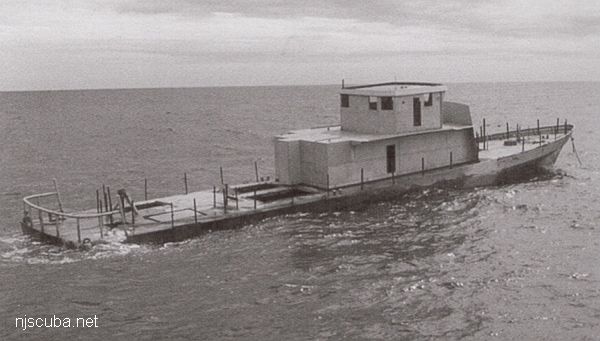
- Type:
- artificial reef, cutter, US Coast Guard
- Specs:
- ( 120 x 22 ft )
- Sponsor:
- The Dr Tom Natoli family
- Sunk:
- Thursday September 20, 2001 - Cape May Artificial Reef
- GPS:
- 38°51.810' -74°40.590'
More: Heritage Hull / Dr Tom's ...
8.5 Nautical Miles off Cape May
Depth: 50-75 ft [download]
More: Cape May Artificial Reef ...

More: Heritage Hull / Dr Tom's ...
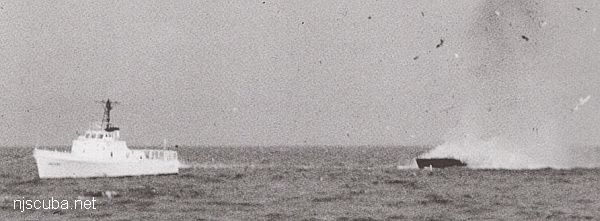
More: Johnny Buoy BUSL ...
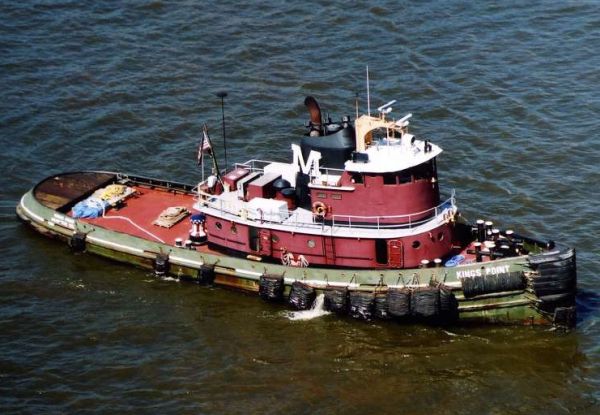
More: King's Point ...
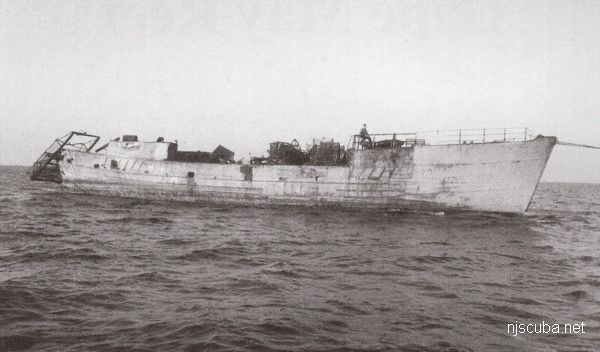
More: Laita ...
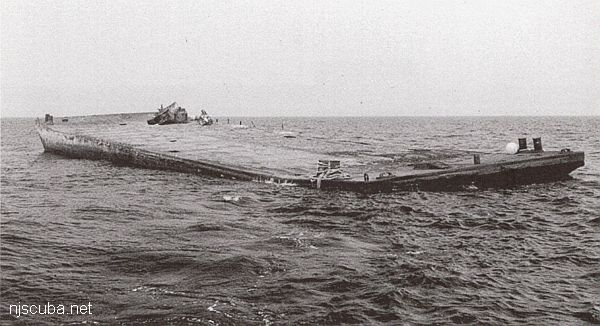
More: Lisa Michelle ...
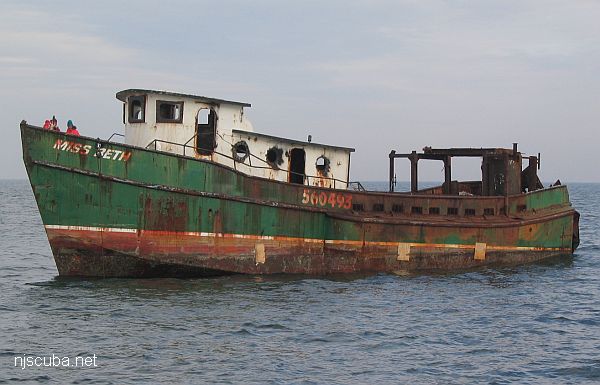
More: Miss Beth ...
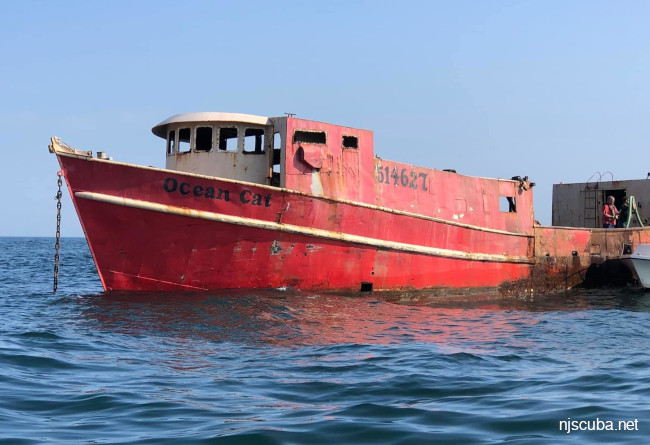
More: Ocean Cat ...
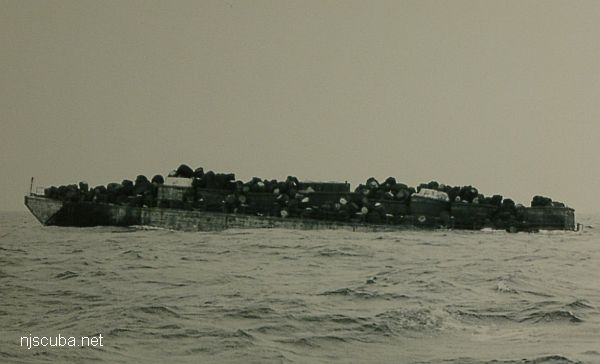
More: Onondaga ...
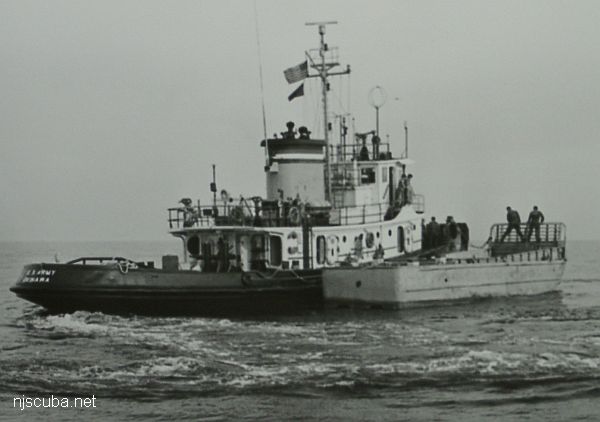
More: Peggy Diana LCM-6 ...
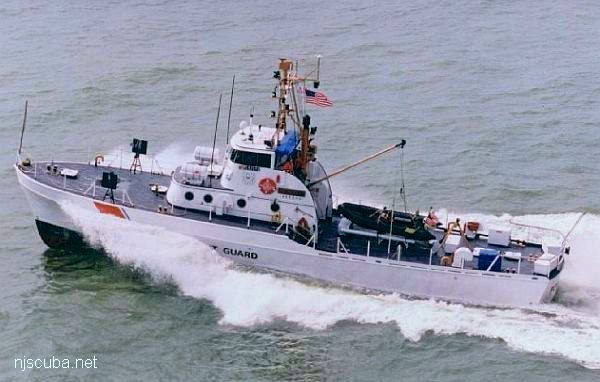
More: Point Swift WPB-82312 ...